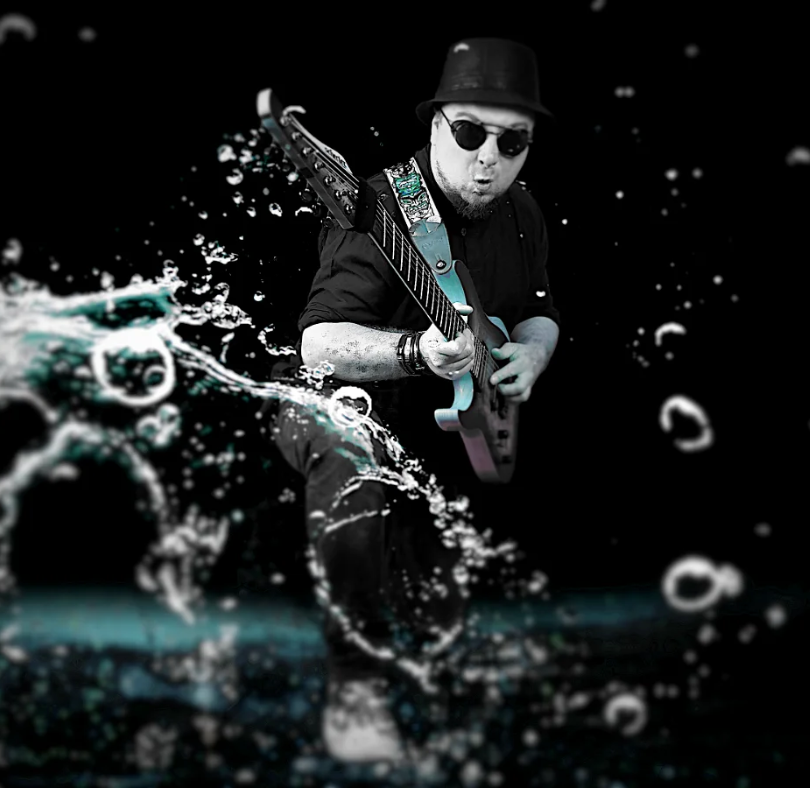
Compression in Music Production

Albert S
Composer | Producer | Pianist | Guitarist
Compression is an interesting concept. I’m not talking about “oh this file is compressed and it’s crap quality” like you’ve probably experienced multiple times with social media. No, I’m talking about physically compressing something.

This is a bad analogy but if you make a sandwich and you squash it then you get a compressed sandwich.
What’s that got to do with music then? A compressor in a technological sense deals with turning things down, which I think is a common misconception.
Let’s explore this…
In your day-to-day experience, when you put a compressor on a channel strip your instrument suddenly gets louder. You think “oh yeah cool that’s done”. Loud is good, right! The truth is this only occurs because of default presets designed to give an instant end result.
What is actually happening then, what is the compressor actually doing?
Look at your waveform. A compressor, as we’ve mentioned, deals with turning things down. So what it’s actually going to do is reduce the amplitude of your peaks and troughs and effectively flatten the wave off a bit. What does that give you… headroom!


If your sound has more headroom we can now increase its overall volume:

Why would we want to do this though?
By compressing a wave we have brought the extremes of the sound closer together, the loudest part of the waveform is now comparably closer to the quietest part. After turning the compressed wave up, we hear more detail in the sound because the quieter parts of the wave are now at higher amplitude.
Let’s consider a scenario:
Say we’ve got a flute. The performance in the room is breathtaking. The player is extremely dynamic and the piece ebbs & flows, rises & falls beautifully. The room is perfectly mic’d and the recording is flawless.
The issue is we then put this flute line in with the rest of a pre-recorded orchestral mix. Now we’re only able to distinguish maybe 70% of the flutist’s work because the orchestral element is simply overpowering it. What can we do then? Well let’s look at compressing it.

Sound is a physical thing, and we only have a couple of speakers to get it all out of when producing a recording.
Although the flautist’s performance here is amazing, the dynamic range of the instrument is overwhelming the depth of the mix. The bottom notes are dropping out and the high notes, although they sit well, are the only ones that you can really hear to full effect.
We now put a compressor on the flute channel and attenuate the sound’s dynamic range to that of the orchestra. This means that we can make the flute’s quietest note sit above the quietest elements of the orchestra, while keeping its loudest notes from being overwhelming.
The result? As before, we have increased the level of detail in the track, allowing the recording to be enjoyed as much through speakers as the performance was in the room.
Now there are different types of compressors, and you’ll see common settings on them such as attack, release, ratio, and threshold. My best advice is to start by recording one note and play around with all of those settings to really tune your ears into what each one does. Over time you will develop an aptitude and opinion for how to best implement compression into your own work.




About PIVODIO™ Coach Albert S.
Albert S. is a composer, producer, pianist, and guitar player based in St Albans, UK. He began playing the piano at the age of five and picked up the guitar when he was 11.
In addition to performing live, he is currently composing music for synchronization projects such as advert jingles and is preparing for his first film score in Autumn 2023. His client portfolio to date includes Once Upon a Time Agency, Altitude Film Studios, Monkey Shoulder Whisky, and BrambleTyne Games.
His skills encompass composition, writing, arranging, mixing and production, mastering preparation, improvisation on piano and guitar, advanced guitar techniques, and providing guitar tone ideas.